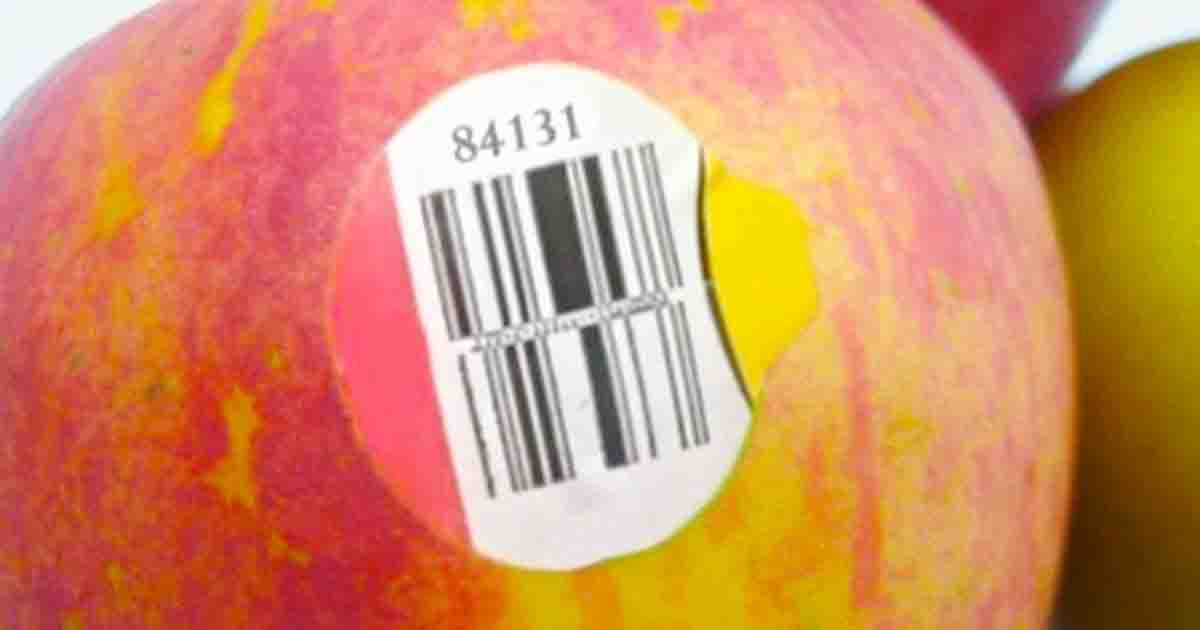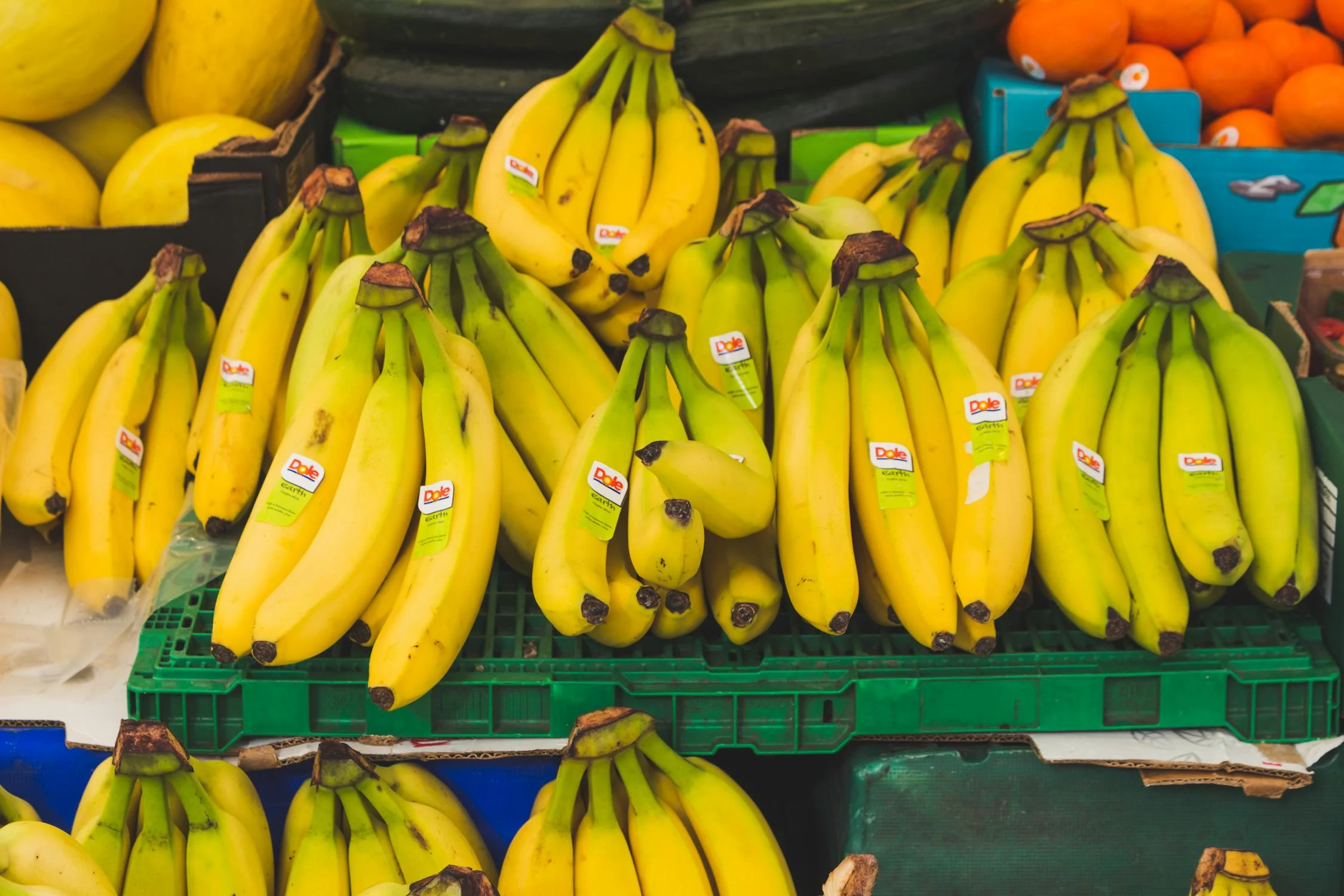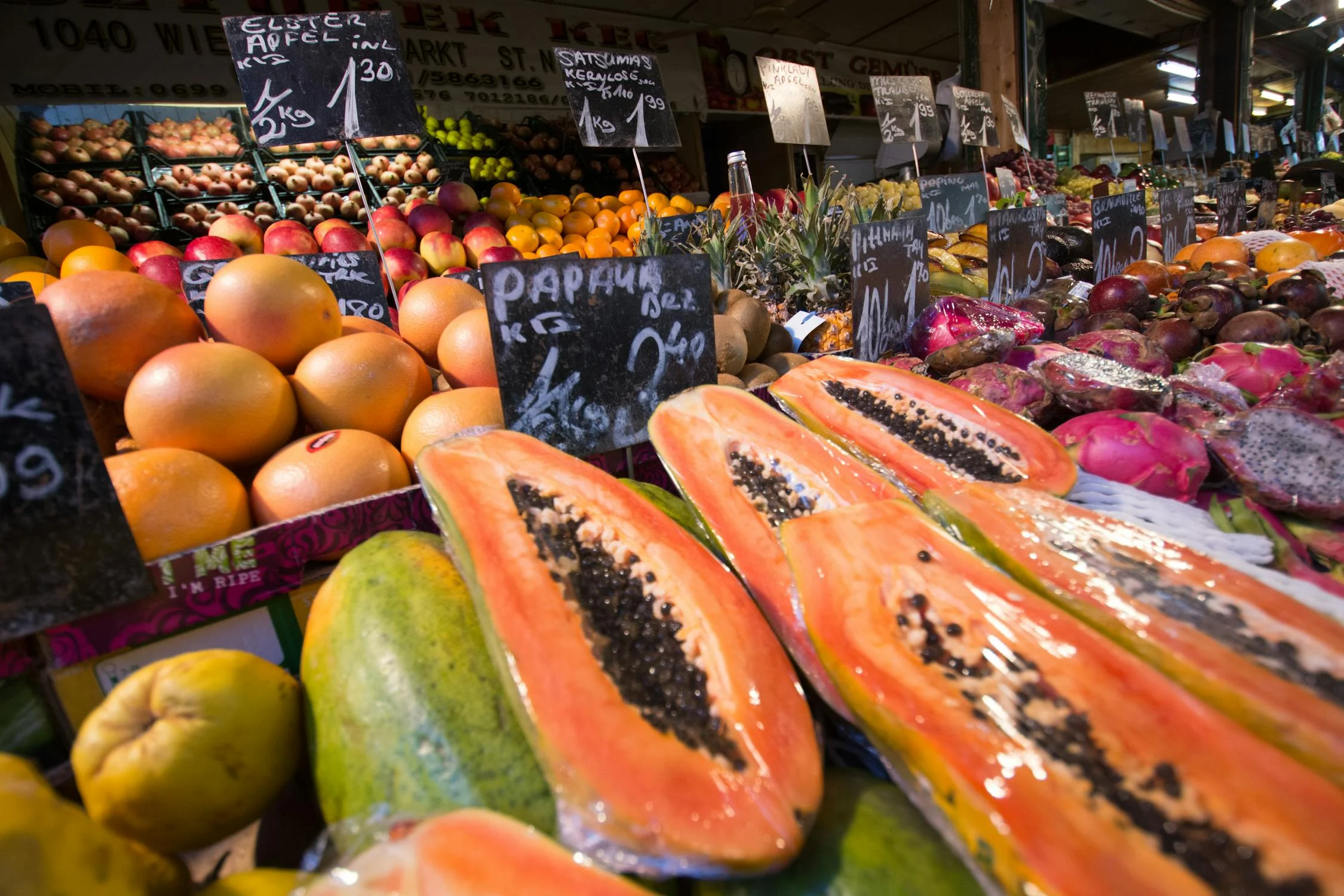What the numbers on fruit stickers actually mean
Labels on food products offer crucial information, from safety warnings to nutrition facts. One often overlooked but highly informative label is the number on fruit stickers found in grocery stores.
These numbers provide valuable insights into how the fruit was grown and can help consumers make more informed choices. Here’s what they mean.
If a fruit sticker has a five-digit code starting with 9, it indicates that the fruit has been organically grown. Organic farming practices avoid synthetic chemicals and focus on using natural fertilizers and methods to manage pests and weeds. This code helps consumers identify organic produce easily.

A five-digit code beginning with 8 signifies that the fruit is genetically modified (GMO). GMO foods are engineered for various reasons, such as improving resistance to pests or enhancing nutritional content. However, GMO foods are controversial due to potential health concerns and long-term environmental impacts. As a result, these codes are less common because few GMO fruits are widely sold.
Four-Digit Codes Starting with 3 or 4A four-digit code starting with 3 or 4 means the fruit was conventionally grown. Conventional farming typically uses synthetic fertilizers and pesticides to enhance yield and protect crops from pests. Although there is ongoing debate about the environmental and health impacts of conventional farming, studies show no significant nutritional differences between organic and conventionally grown produce.

Understanding Conventional Growth
The term “organic” often suggests a healthier or more nutrient-dense product, but research indicates no substantial difference in nutritional value compared to conventional produce. The main distinction lies in the farming methods. Organic farming uses natural fertilizers like compost and biological pest control, whereas conventional farming relies on synthetic chemicals. Dr. Tamika D. Sims, an expert in food technology communications, suggests that a varied and balanced diet is more important for health than whether produce is organic or conventional.
The Role of PLU Codes
Price Look-Up (PLU) codes on fruit stickers do more than just inform the cashier of the price. These codes also provide customers with information about how the fruit was grown. PLU codes usually have four or five digits, but if you encounter a code with more than five digits, it likely does not conform to the internationally standardized system.

The Internationally Standardized System
The International Federation for Produce Standards (IFPS) developed a system in the 1990s to improve supply chain efficiency and ensure high-quality produce. This system assigns numerical codes to different types of fruits and vegetables, helping to standardize quality across the globe. While the system is optional, it has assigned over 1,400 codes to various produce items.
Why These Numbers Matter
Understanding these numbers can be beneficial for those concerned about what they consume. These codes offer a quick way to identify how the produce was grown, whether organically, conventionally, or through genetic modification. This information can also streamline the checkout process, especially at self-checkout stations, where entering the PLU code can be faster than searching for the item by name.
In conclusion, the numbers on fruit stickers are more than just barcodes; they provide a system of information that helps consumers make better choices about the food they buy and eat. Taking a moment to understand these codes can contribute to healthier eating habits and a greater awareness of agricultural practices.





